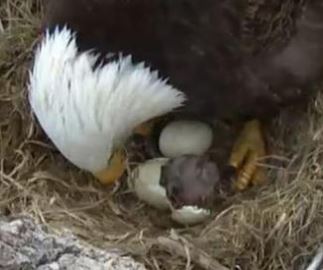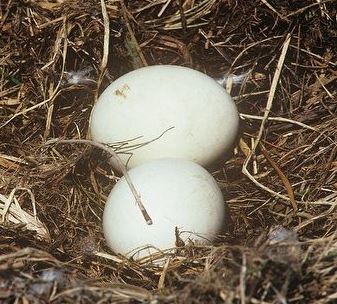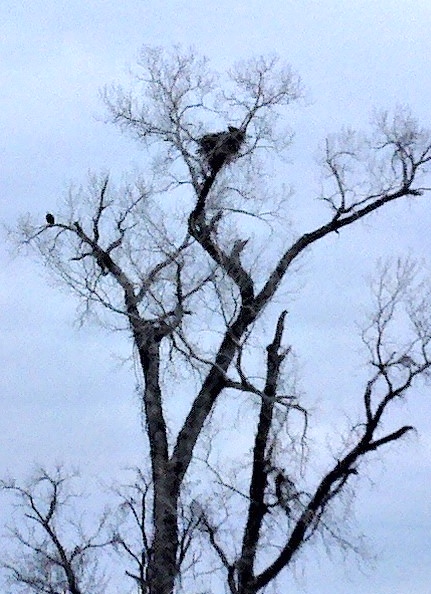An extraordinary enterprise in citizen science began in 2006 when the first video cameras looking into Bald Eagle nests were live-streamed on the web by the Hancock Wildlife Foundation (HWF) and the Institute for Wildlife Studies (IWS). Other organizations and individuals followed suit in subsequent years, so that currently over 50 nests are streamed online. Over time millions of observers have tuned in to nests criss-crossing the continent from Alaska to Florida, southern California to Maine. The nest cams have provided wonder, entertainment, sometimes anguish, and most importantly, education about the breeding behavior of Bald Eagles.
Researchers have begun to appreciate the contributions these intimate observations are making to our knowledge. Over a decade of information has been collected by armies of careful and objective volunteer viewers, including many who have tracked and logged their observations in forums, chat rooms, social media, and nest cam web sites, often richly supplemented by screen captures and videos.
Those observations, including my own, form the foundation of the information I present on this website. The site is in constant development, with new pages being added as time goes on and pages are updated and edited to reflect additional or corrected information. I hope that users will find this site educational and perhaps entertaining.
Please respect my copyright of everything on this website. Do not share anything you find here by copying and pasting, capturing a screenshot, or any other method of duplication without my explicit permission and my instructions about how to credit (Contact me). Anyone is welcome to share the site link (www.elfruler.com) or the link to whatever pages you wish to point people to. Thank you.
Bald Eagle Taxonomy
- Kingdom: Animalia (animals)
-
- Phylum: Chordata (chordates)
- Subphylum: Vertebrata (vertebrates)
- Class: Aves (birds)
- Order: Accipitriformes (ospreys, kites, eagles, harriers, & hawks)
- Family: Accipitridae (kites, eagles, harriers, & hawks)
- Subfamily: Accipitrinae
- Genus: Haliaeetus (fish eagles)
- Source: Chesser, R. T., S. M. Billerman, K. J. Burns, C. Cicero, J. L. Dunn, A. W. Kratter, I. J. Lovette, N. A. Mason, P. C. Rasmussen, J. V. Remsen, Jr., D. F. Stotz, and K. Winker. 2020. Check-list of North American Birds (online). American Ornithological Society.
About me
I am a retired university professor with a Ph.D. in a discipline in the humanities. I have been a birdwatcher for many years, and I have been fascinated by eagles since I saw my first one in flight in the early 1970s, not long after the use of DDT was banned and the population of Bald Eagles began its slow recovery. Since 2009 I have been an avid observer of internet bird cams, and during that time I have read widely and deeply in ornithology. For four years I volunteered for raptor rehabilitation organizations, gaining hands-on experience in the capture and rescue, medical triage and treatment, and rehabilitation of raptors and other birds.
I live in an area with a fair number of Bald Eagles, and I take every opportunity to observe them from the ground as they perch and roost, fly and soar, hunt and fish, interact with each other and their environment. I monitor several active nests during the breeding season.
I adopted the screenname “elfruler” when I began posting in forums and chatting with other viewers in nest cam chat rooms. The name reflects the meaning behind my father’s surname. But it is partly whimsical, for I have found that it seems to embody something of my personality.









You must be logged in to post a comment.